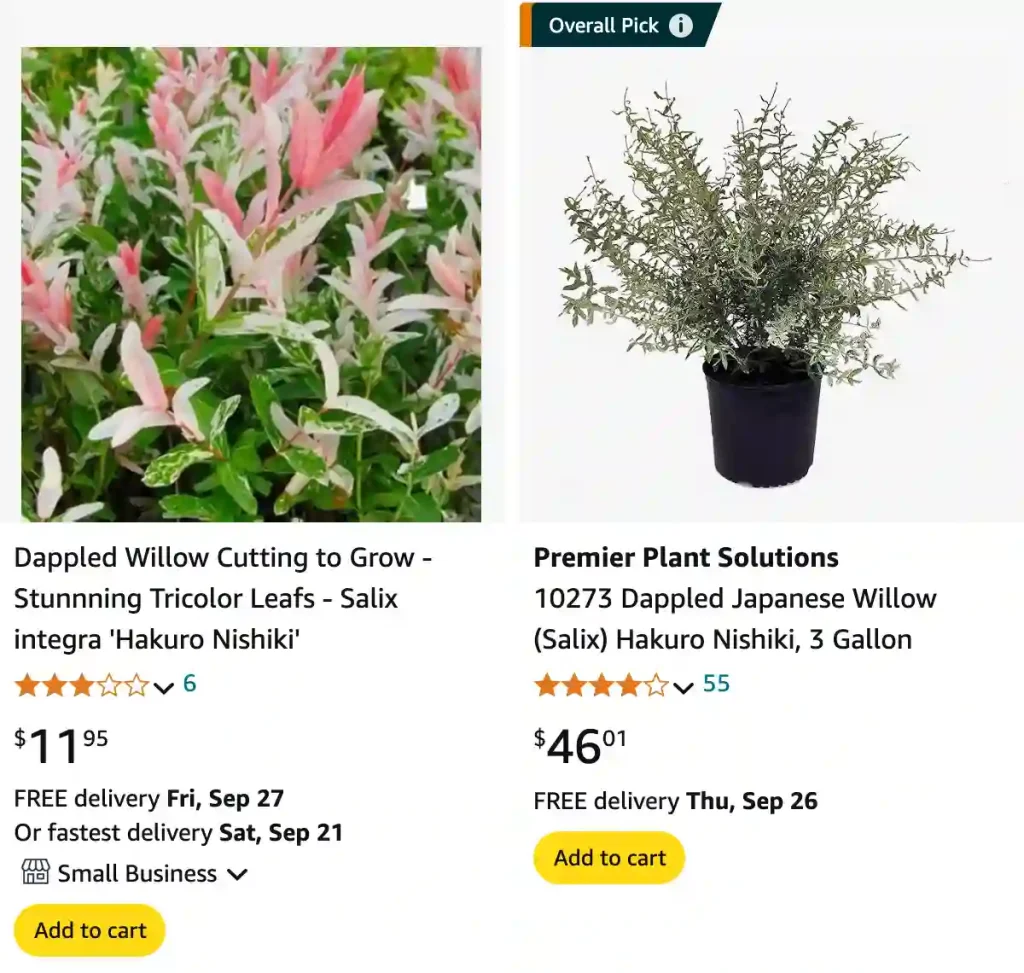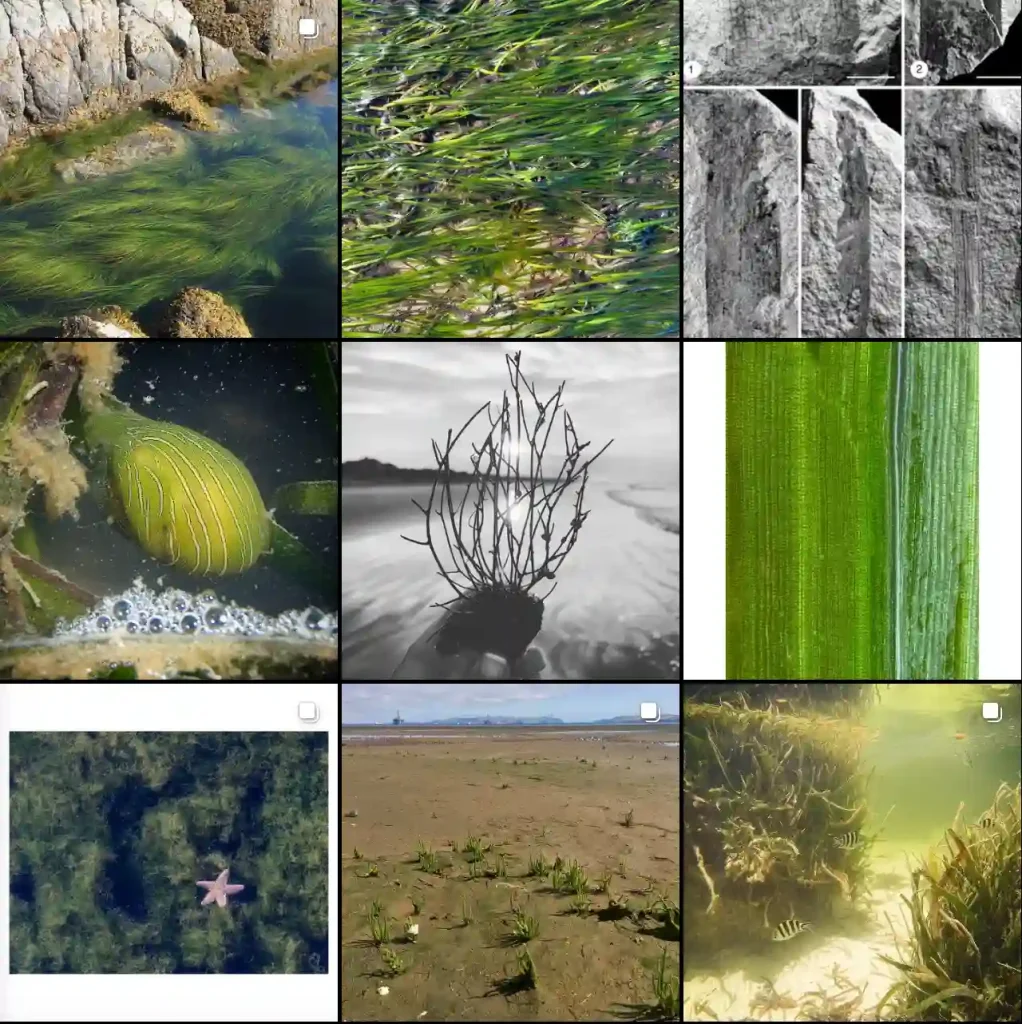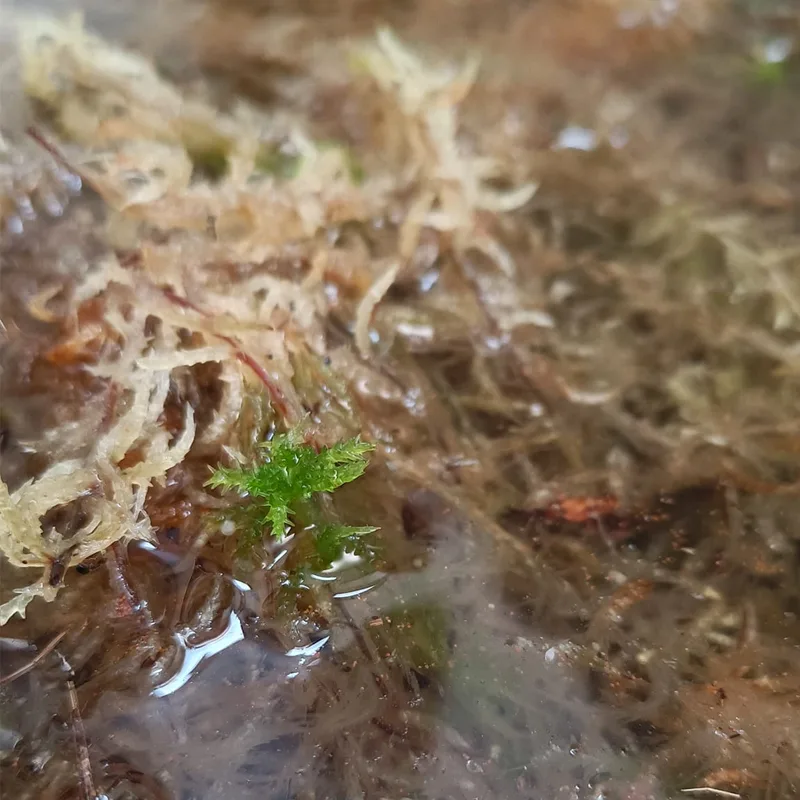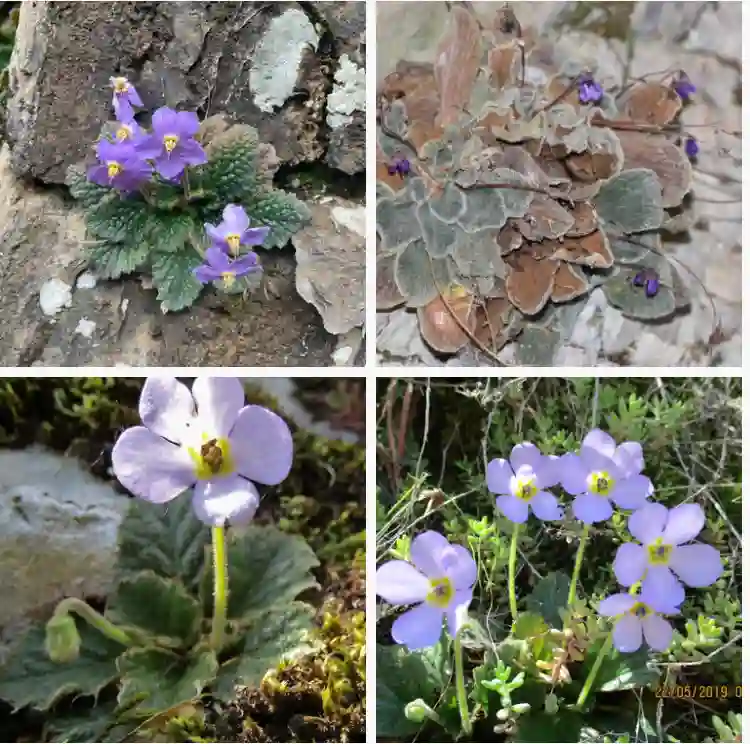
FAQs About Salix Hakuro Nishiki: Everything You Need to Know
Salix Hakuro Nishiki, commonly known as the dappled willow, is one of my favorite shrubs to grow in the garden. With its vibrant foliage and striking appearance, it’s no wonder so many gardeners are curious about how to care for it. Here’s a comprehensive guide to some of the most frequently asked questions about Salix Hakuro Nishiki, based on my own experiences and observations.
684 Species in Genus Salix
What Is Salix Hakuro Nishiki?
Salix Hakuro Nishiki is a variety of the dappled willow, known for its beautiful variegated leaves that display a mix of white, pink, and green. This deciduous shrub is often praised for its unique color patterns, which add a splash of visual interest to any garden. It’s a relatively small tree that can grow up to 6 feet tall and wide, making it suitable for both small and larger garden spaces.
How to Plant Salix Integra Hakuro Nishiki?
When planting Salix Integra Hakuro Nishiki, timing and location are crucial. I’ve found that spring or early fall is the best time to plant this shrub. Choose a spot with full sun to partial shade, and ensure the soil is well-draining. If your soil is heavy or clay-like, consider amending it with compost to improve drainage.
Dig a hole that’s about twice the width of the root ball and just as deep. Place the shrub in the hole, making sure the top of the root ball is level with the soil surface. Backfill the hole with soil, water thoroughly, and mulch around the base to retain moisture.
Is Salix Integra Hakuro Nishiki Evergreen?
Salix Integra Hakuro Nishiki is not evergreen. It’s a deciduous shrub, meaning it loses its leaves in the fall. The foliage typically turns a vibrant yellow before dropping, but don’t worry—this is a normal part of its life cycle. The shrub will come back with fresh, colorful foliage in the spring.
How Deep Do You Plant Salix Hakuro Nishiki?
When planting Salix Hakuro Nishiki, depth is key to ensuring a healthy start. The root ball should be planted at the same depth it was growing in its container. Planting too deep can lead to root rot, while planting too shallow may expose the roots and hinder growth. Aim for the top of the root ball to be level with the surrounding soil.
When to Prune Salix Hakuro Nishiki?
Pruning is an essential part of maintaining the shape and health of Salix Hakuro Nishiki. The best time to prune is in late winter or early spring, before new growth begins. This timing ensures you’re not cutting away any new growth and helps the shrub maintain a balanced shape. Regular pruning also encourages a bushier appearance and more vibrant foliage.
How to Prune a Salix Hakuro Nishiki?
Pruning Salix Hakuro Nishiki is straightforward but requires some care. Start by removing any dead or damaged branches. Next, trim back the tips of the branches to shape the shrub and encourage new growth. Be cautious not to over-prune, as you want to retain enough foliage for the plant to photosynthesize effectively. I usually cut back about one-third of the growth each season.
Why Is My Salix Integra Hakuro Nishiki Turning Yellow?
If your Salix Integra Hakuro Nishiki is turning yellow, it could be due to several factors. In my experience, the most common reasons are improper watering and nutrient deficiencies. Ensure the shrub is receiving adequate water but not sitting in soggy soil. Yellowing leaves can also indicate a lack of essential nutrients, so consider applying a balanced, slow-release fertilizer.
How to Care for Salix Hakuro Nishiki?
Caring for Salix Hakuro Nishiki involves regular watering, especially during dry periods, and occasional feeding. Mulching around the base helps retain moisture and suppress weeds. Keep an eye out for pests and diseases, such as aphids or fungal infections, and address any issues promptly to keep your shrub healthy.
How to Propagate Salix Hakuro Nishiki?
Propagating Salix Hakuro Nishiki can be done through cuttings. Take semi-hardwood cuttings in late summer and root them in a pot with a mix of peat and perlite. Keep the cuttings moist and in a warm, shaded area until they develop roots. Once rooted, they can be transplanted into the garden or larger pots.
What to Plant With Salix Hakuro Nishiki?
Pairing Salix Hakuro Nishiki with complementary plants can enhance its visual appeal. Consider planting it alongside perennials with contrasting colors, like purple coneflowers or daylilies. Its bright foliage also looks stunning against dark green evergreens or in a mixed border with other deciduous shrubs.
Can You Grow Salix Hakuro Nishiki Indoors?
Salix Hakuro Nishiki is best suited for outdoor cultivation. It requires ample sunlight and space to thrive, which can be challenging to provide indoors. While you could attempt to grow it in a large container indoors, it’s more commonly grown as an outdoor shrub.
Is Salix Hakuro Nishiki Toxic?
Salix Hakuro Nishiki is not considered toxic to humans or pets. It’s a safe choice for gardens where children or animals play. However, it’s always a good idea to monitor any plant interactions and ensure that nothing is ingested in large quantities.
In conclusion, Salix Hakuro Nishiki is a stunning and relatively low-maintenance shrub that can add beauty and interest to your garden. By following these guidelines and addressing any issues that arise, you can enjoy its unique foliage and vibrant colors for years to come.
If i die, water my plants!



